Bitcoin Mining Earnings Calculator
Estimate your daily Bitcoin earnings based on your hashrate and mining pool selection
Choosing the wrong mining pool can cost you thousands in lost earnings each month. It’s not just about fees-it’s about stability, transparency, and matching your setup to the right pool. Here’s how to make the right choice.
Why Mining Pools Matter
Solo Bitcoin mining is nearly impossible today. The network’s hash rate has skyrocketed, making it too hard for individual miners to find blocks alone. Mining pools solve this by combining resources. When you join a pool, your computer works with others to solve blocks. Rewards are split based on your contribution. Without a pool, you’d likely never earn Bitcoin.
Key Factors to Consider
When picking a mining pool, focus on these five areas.
Fees: Most pools charge 1-4% of your rewards. Foundry USA charges 1.5%, while Binance Pool has just 0.99%. But don’t pick based on fees alone. Some pools hide costs like withdrawal fees or penalties for stale shares. Check the fine print.
Payout structures: There are three main types. Full Pay Per Share (FPPS) gives steady payments but higher fees. Pay Per Share Plus (PPS+) includes transaction fees for better returns. Pay Per Last N Shares (PPLNS) offers bigger payouts when the pool finds a block but with more variance. For most miners, PPS+ strikes the best balance.
Hash rate and market share: Larger pools like Foundry USA A leading Bitcoin mining pool with 256.3 EH/s hash rate and 26.6% market share as of 2025 find blocks more often, giving you regular payments. Smaller pools like BraiinsPool A Bitcoin mining pool with 14 EH/s hash rate and 1.46% market share, known for open-source software have fewer blocks but larger individual rewards when they succeed. Koinly’s 2025 data shows Foundry USA handles 256.3 EH/s, AntPool at 178.4 EH/s, and Binance Pool at 68.2 EH/s.
Uptime and server location: A pool with 99% uptime is essential. Even a 1% downtime means lost mining time. Choose pools with servers near your location to reduce latency. For example, if you’re in New Zealand, a pool with servers in Asia will give better connection speeds than one in Europe.
Transparency: Reputable pools show real-time dashboards, share statistics, and clear payout calculations. If a pool hides its hash rate or block finds, avoid it. ViaBTC’s dashboard updates every 15 seconds, while some shady pools only report earnings weekly.
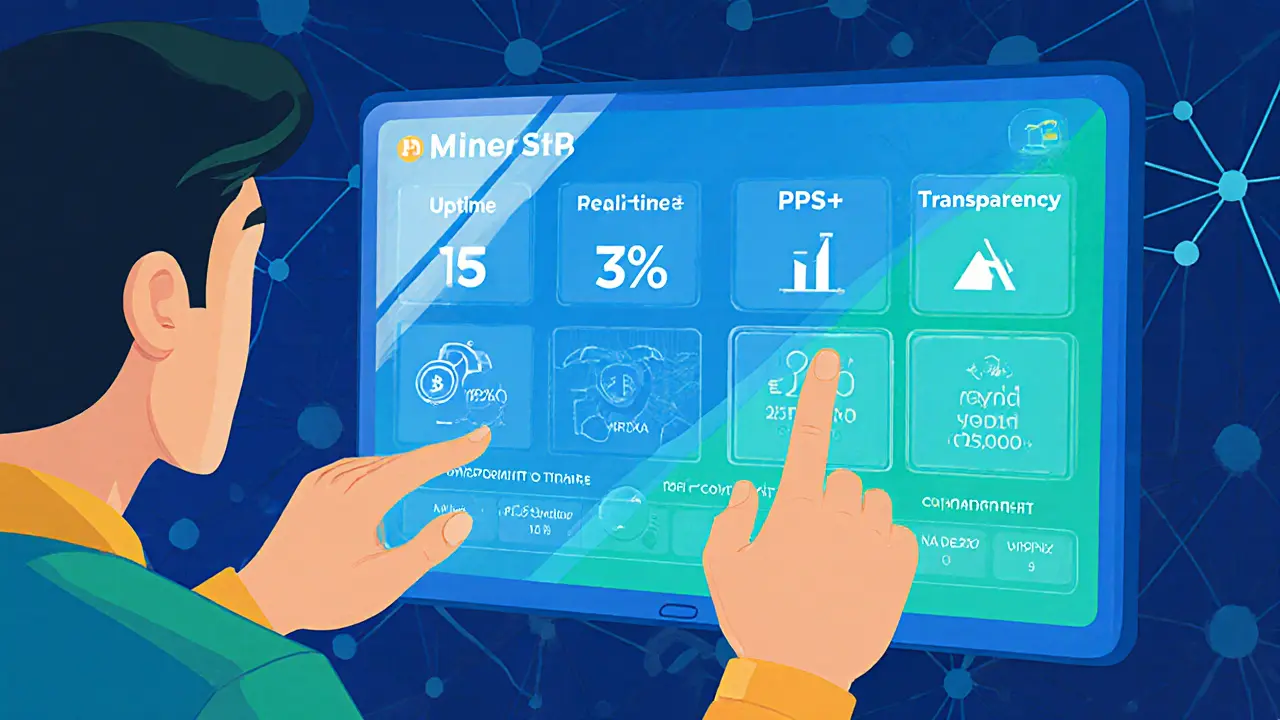
Top Mining Pools Compared
| Pool Name | Fee | Hash Rate (EH/s) | Market Share | Payout Structure | Key Feature |
|---|---|---|---|---|---|
| Foundry USA A leading Bitcoin mining pool with 256.3 EH/s hash rate and 26.6% market share as of 2025 | 1.5% | 256.3 | 26.6% | PPS+ | Largest pool, reliable payouts |
| AntPool A Bitcoin mining pool operated by Bitmain with 178.4 EH/s hash rate and 17.96% market share | 1.6% | 178.4 | 17.96% | PPLNS | High block find rate |
| Binance Pool Integrated with Binance exchange, 68.2 EH/s hash rate and 7.04% market share | 0.99% | 68.2 | 7.04% | PPS+ | User-friendly interface for beginners |
| F2Pool Supports multiple cryptocurrencies, 102.9 EH/s hash rate and 10.68% market share | 1.2% | 102.9 | 10.68% | FPPS | Easy setup for new miners |
| ViaBTC 113.7 EH/s hash rate and 13.69% market share, supports multiple coins | 1.0% | 113.7 | 13.69% | PPLNS | Real-time dashboard updates every 15 seconds |
| Luxor 44 EH/s hash rate and 4.56% market share, transparent reporting | 1.2% | 44 | 4.56% | FPPS | Detailed payout analytics |
| BraiinsPool 14 EH/s hash rate and 1.46% market share, open-source software | 1.58% | 14 | 1.46% | PPS+ | Community-driven development |
Common Mistakes to Avoid
Don’t just chase low fees-hidden costs can eat your profits. Avoid pools with poor uptime; even brief outages reduce your earnings. Never ignore payout thresholds-some pools require 0.005 BTC before paying out, which can delay cash flow for small miners. Also, check community feedback; if miners complain about delayed payments, move on. A pool with great stats but no transparency isn’t worth it.
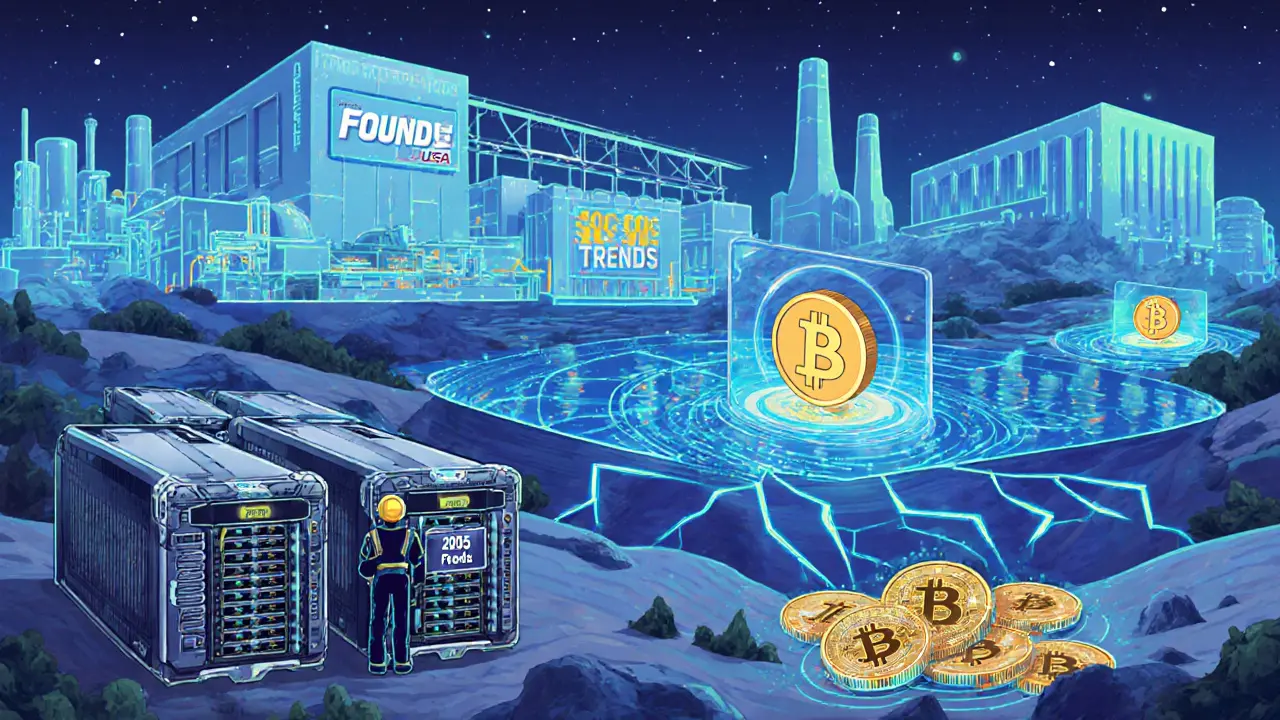
Setting Up Your Pool
Most pools require registering an account, creating a worker, and configuring your miner with the pool’s server address and port. For example, to connect to Binance Pool, use stratum+tcp://btc.poolbinance.com:3333 as the server. Your worker name is your Bitcoin wallet address. Once set up, monitor your dashboard for hash rate and shares. Beginners should start with Binance Pool or F2Pool-their interfaces are simple and require minimal technical knowledge.
Future Trends
Mining pools are getting more specialized. Some now support multiple cryptocurrencies, while others focus solely on Bitcoin. Regulatory changes may affect pool operations in certain countries. Always stay updated and be ready to switch pools as the market evolves. Experts predict smaller, more agile pools will grow as hardware improves, but the top 5 pools will still control most of the network hash rate.
What’s the best mining pool for beginners?
Binance Pool is ideal for beginners due to its low fees (0.99%), simple setup, and integration with the Binance exchange. Their user-friendly dashboard provides clear stats and real-time updates without technical jargon. Start with Binance Pool, then explore others as you gain experience.
How often do mining pools pay out?
Payout frequency varies. Pools like Foundry USA pay daily once you hit the threshold (0.001 BTC), while others like AntPool use PPLNS and pay out when blocks are found, which can be every few days. Check the pool’s payout rules before joining-some require minimum balances before processing payments.
Should I choose a large or small mining pool?
Large pools (like Foundry USA) offer steady, frequent payouts but smaller individual rewards. Small pools (like BraiinsPool) pay out less often but give larger shares when they find blocks. If you prefer consistency, go big. If you’re okay with risk for higher rewards, try smaller pools. Most miners split their hashrate between two pools to balance both benefits.
What’s the difference between PPLNS and PPS+?
PPLNS (Pay Per Last N Shares) pays based on your recent contributions during a block cycle. It offers higher rewards when the pool finds a block but creates variable payouts. PPS+ (Pay Per Share Plus) guarantees payment for each share you submit, including transaction fees. PPS+ is more stable but usually has slightly higher fees. For most miners, PPS+ provides better predictability without sacrificing too much earnings.
Can I switch mining pools easily?
Yes! Switching is simple-just update your miner’s configuration with the new pool’s server details. Most miners test multiple pools for a week or two before settling. If a pool’s uptime drops or fees change, switch immediately. Don’t wait for your rewards to disappear.







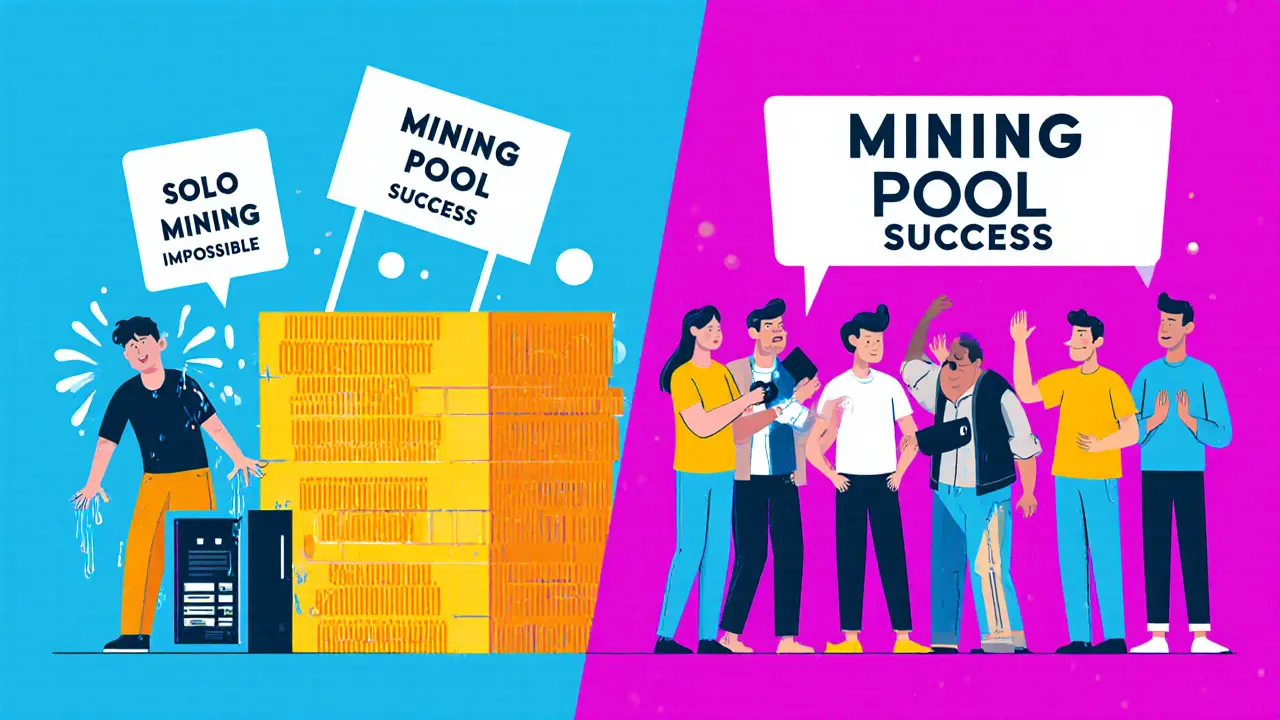
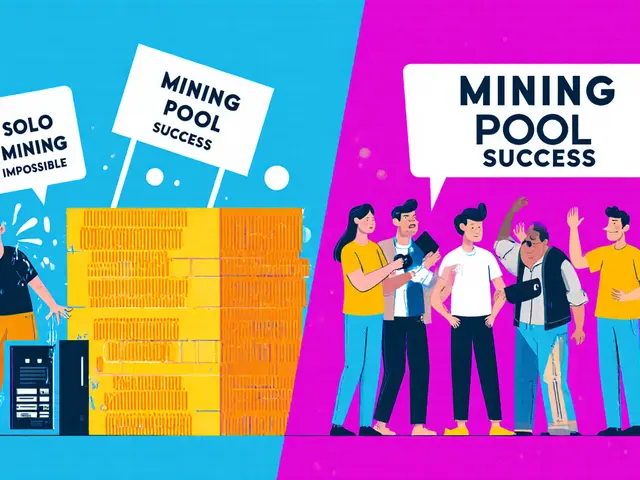
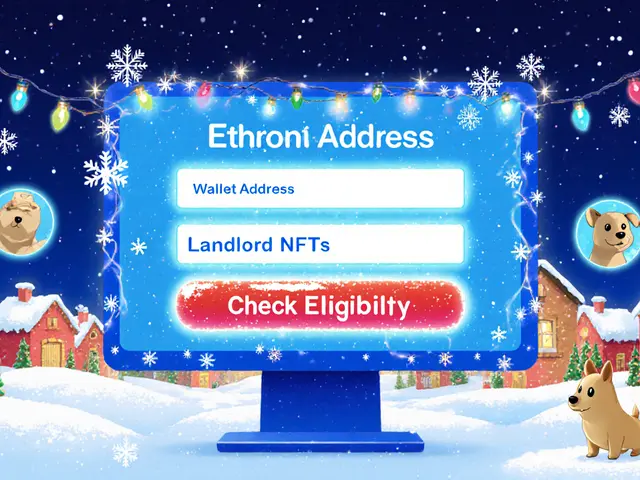



People Comments
They don’t tell you that the biggest pools are actually run by the same shadowy syndicate.